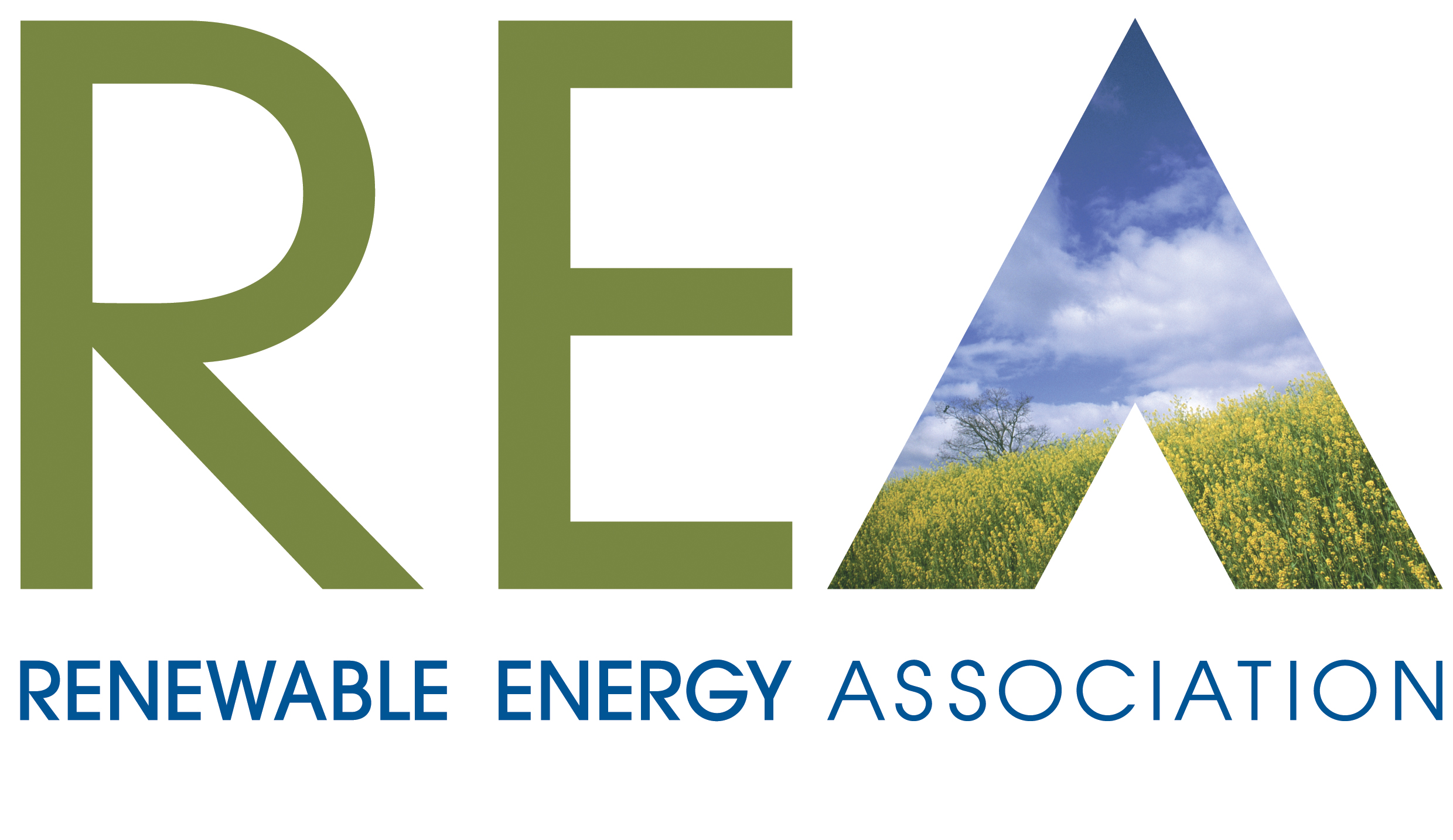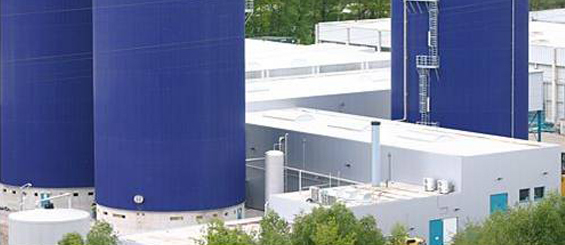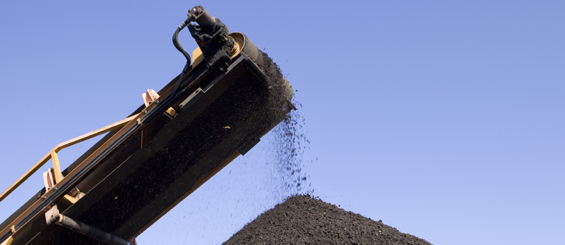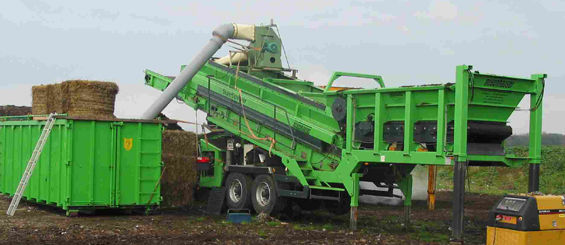HSE report on bioaerosols from composting activities
The HSE has recently released a report on bioaerosol emissions from waste composting and the potential for workersâ exposure. The work has been carried out by the Health and Safety Laboratories.
Bioaerosols were sampled at sites representative of commercial scale waste composting in the UK. The samples taken were linked to specific activities likely to generate compost bioaerosols, such as turning and screening, and samples were collected from as close as possible to the source of emission. The dispersion of bioaerosols from compost handling activities was estimated by collecting bioaerosol samples at several points downwind increasing in distance from the emission site up to 250m. Upwind background samples were used as a benchmark. The sampling took place during both winter and summer periods to provide an insight into the differences in bioaerosol generation that may exist.
Even though bioaerosol levels were found generally high close to the source of emissions, there was a general trend of decreasing bioaerosol with distance from the source. By 50 m and 100 m downwind of the process, bioaerosol concentrations were substantially reduced by comparison to those levels measurements at source.
Some of the key findings:
There was little evidence therefore that the composting operations studied made a major contribution to the overall bioaerosol burden by a distance of 250m from activities.
This study has provided evidence of the potential for compost site workers to be exposed to large concentrations of bioaerosols, and some previous epidemiological studies have examined the effect of such levels of exposure to compost bioaerosols and shown the potential for allergic respiratory ill health.
However, the data from this study has demonstrated that compost bioaerosol emissions rapidly decline with distance from source and that at site boundaries are within what could be considered as âÂÂtypicalâ background levels. Only limited information exists on the effects of long term exposure to bioaerosols at or slightly above typical environmental levels, and the threshold dose that may trigger respiratory response. Continued research in this area is necessary to resolve such questions.
The full report is downloadable from HERE .





.jpg)


